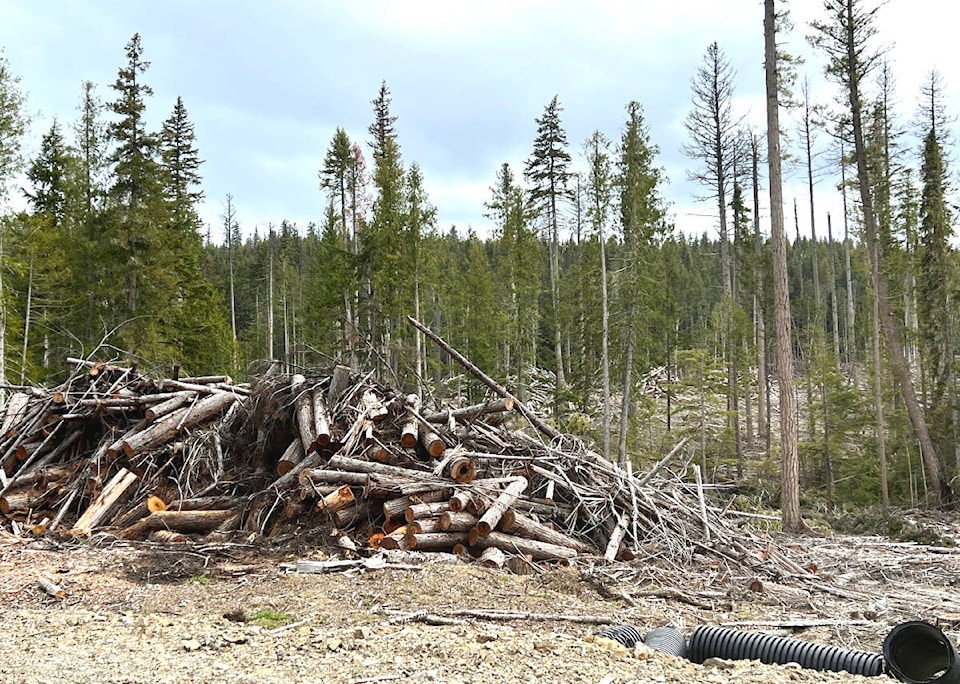The Horsefly River Roundtable and stakeholders are requesting an immediate morotorium on all industrial forest-related activities in the Horsefly River Fisheries Sensitive Watershed.
“Obviously we don’t want logging to stop but we would like to put on some pressure to have the area assessed by boots on the ground,” said Helen Englund, a member of the roundtable.
A meeting focused on concerns about forestry activities in the area will be hosted by the roundtable, hopefully in the summer, at the Horsefly community hall. Englund has invited both industry and the ministry of forests as well as local residents to attend the meeting.
Last year, the Horsefly River Roundtable held a community meeting in May with Tolko Industries Ltd. representatives present. More than 100 residents, property owners and concerned citizens attended the meeting and filled out a survey.
Results from the survey showed most people were concerned about logging in areas around Horsefly Lake, Prairie Creek, Lemon Lake, Millar Road, Antoine Lake, Quesnel Lake, Crooked Lake, Upper Horsefly River, Woodjam, and McKinley Lake.
There were also concerns raised about fish and wildlife habitat and the watershed, water quality, roads, wildfire risks, the type of silviculture systems being used, property values, recreational values and biodiversity.
The Ministry of Forests confirmed to the Tribune that in 2022, 40 per cent of harvesting in the Williams Lake Timber Supply Area (TSA) came from the Horsefly, Beaver Valley and Likely area.
Presently the annual allowable cut for the Williams Lake TSA is approximately 3,000,000 cubic metres - half for live trees and half for dead salvage.
Within the 40 per cent of harvesting, which totalled approximately 850,000 cubic metres of fibre, the ministry confirmed 680,000 cubic metres was green live harvest and 170,000 cubic metres was dead salvage, primarily from wildfires and beetle kill.
The ministry of forests told the Tribune several assessments are anticipated in three areas of concern over the summer months.
“Several mechanisms are in place to hold harvest licencees accountable to minimize the amount of disturbance around streams that may contribute to sedimentation,” noted a ministry spokesperson.
The ministry confirmed it will have a representative at the upcoming meeting and said the ministry is committed to continue to work with local communities and First Nations in relation to forestry activities in the east portion of the district.
Encompassed in the central Cariboo Chilcotin region, the Williams Lake Timber Supply Area straddles the Fraser Basin and the Interior Platuea between the Coast Mountains on the west and the Cariboo Mountains on the east.
According to the provincial government website, it is one of the largest TSAs in the province, covering 4.93 million hectares and includes the city of Williams Lake, the communities of Horsefly, Alexis Creek, Anahim Lake and Tatla Lake.
Editor’s note: This article has been updated because the community meeting has been postponed to a later date yet to be announced and not on June 10, as originally mentioned.
monica.lamb-yorski@wltribune.com
Like us on Facebook and follow us on Twitter
